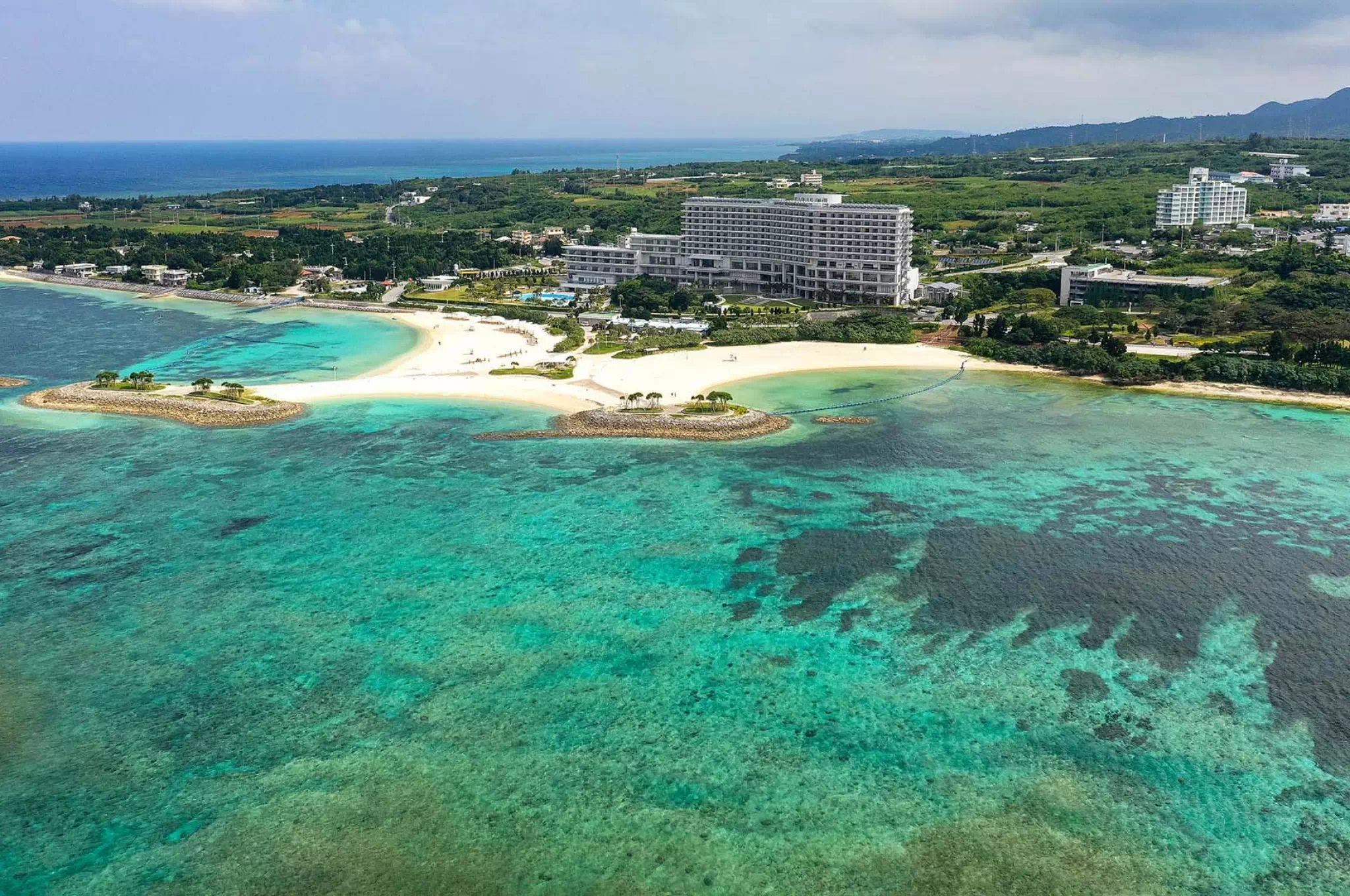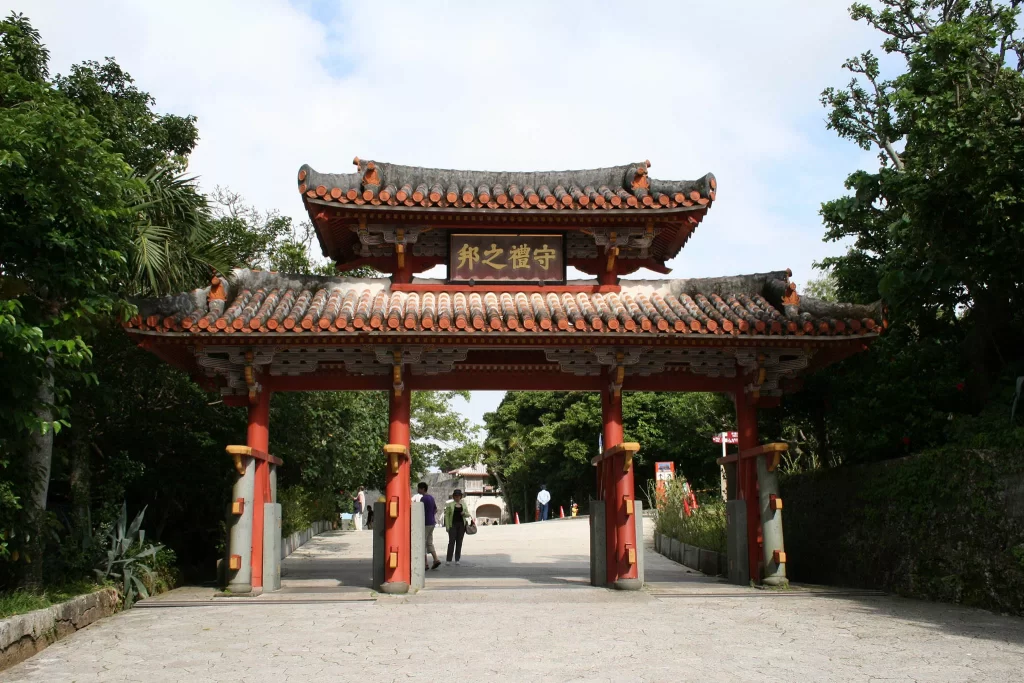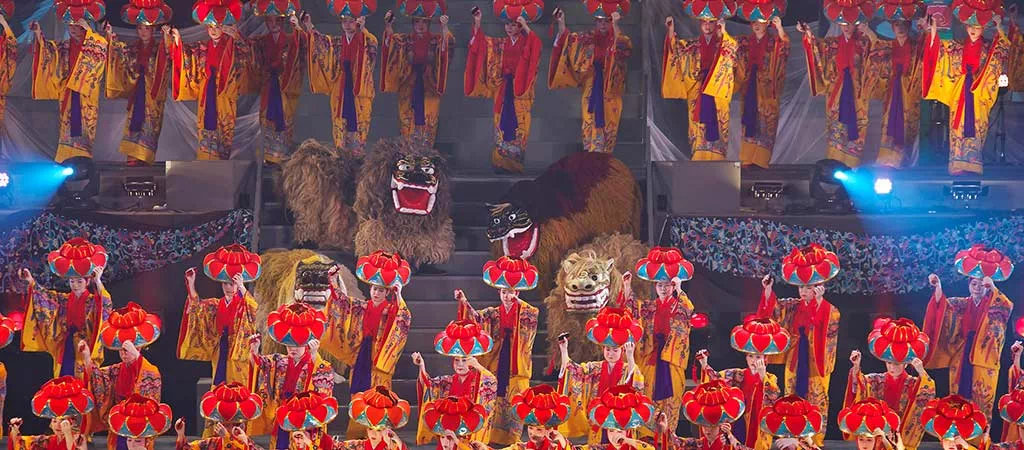Things to know about Okinawa before you travel
Okinawa is one of Japan’s most popular travel destinations, attracting over 10 million visitors each year. Known for its rich natural beauty and cultural heritage, it appeals to travelers from both Japan and abroad. It is a region where warm climate, beautiful seas, and a unique history and traditional culture come together, with convenient access and well-developed tourism infrastructure.
Facts at a Glance
Geography
About 1,600 kilometers from Tokyo; close to major cities in Asia
Area
About 2,280 square kilometers
Number of islands
About 160 islands (around 40 inhabited)
Municipalities
41 in total (11 cities, 11 towns, 19 villages)
Prefectural capital
Naha City (located in the southern part of the main island of Okinawa)
Population
About 1.47 million; over 90% live on the main island of Okinawa
Average annual temperature
About 23 degrees Celsius (73.4 degrees Fahrenheit)
Average annual rainfall
About 2,000 millimeters
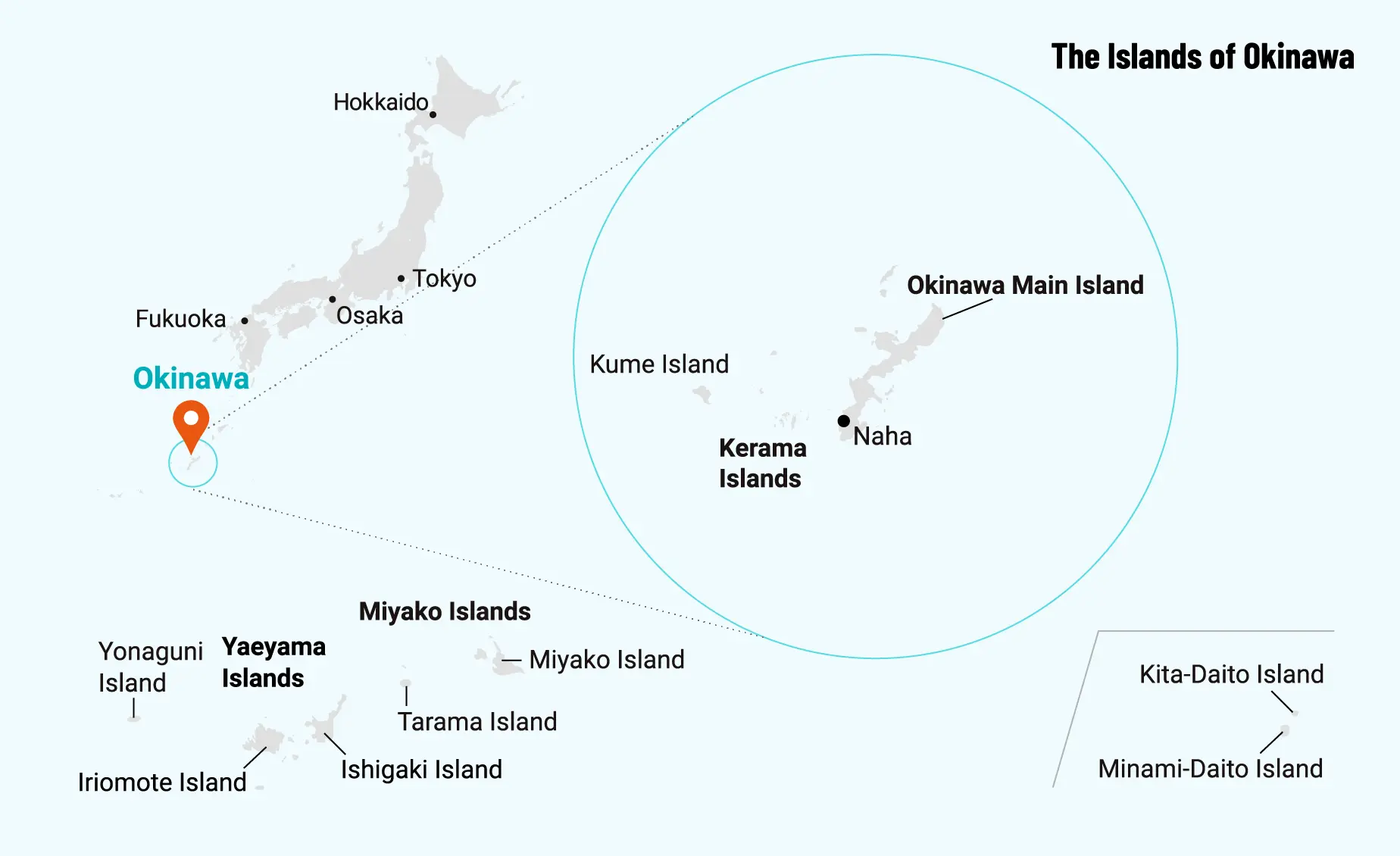
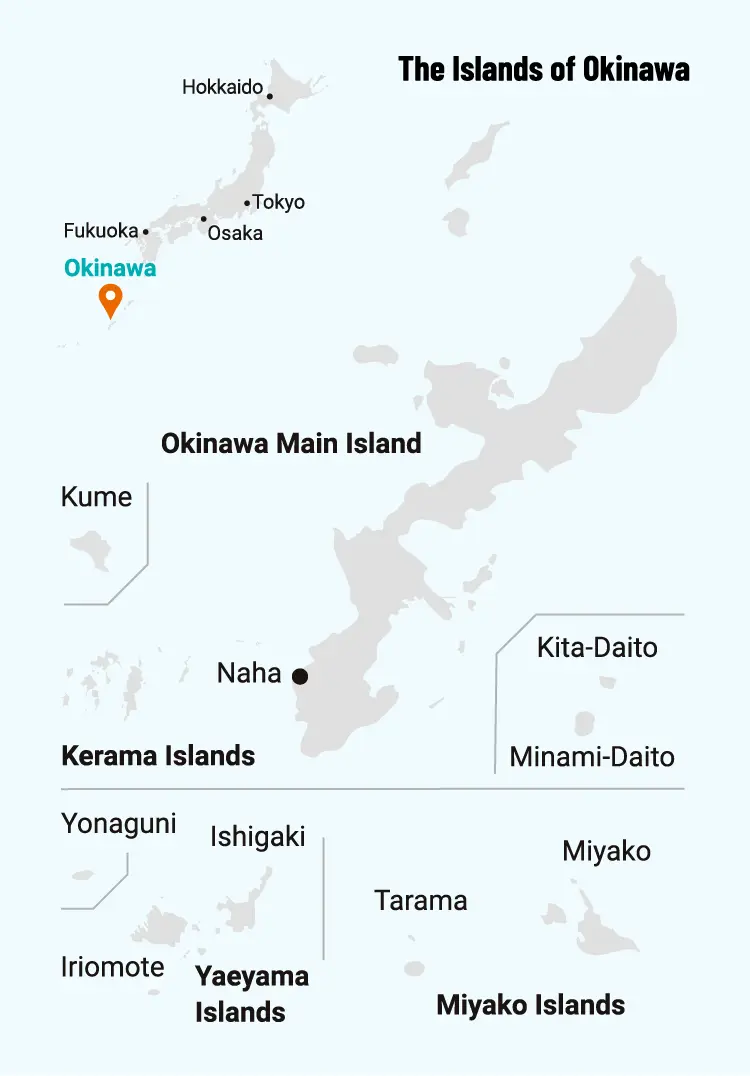
Overview
Okinawa Prefecture is one of Japan’s 47 prefectures and includes the country's southernmost and westernmost inhabited islands. It is an island region surrounded by the Pacific Ocean and the East China Sea. The main island is home to the prefectural capital, Naha City. There are 41 municipalities in the prefecture and each has its own unique features, with diverse landscapes and lifestyles. Because it is separated from mainland Japan and lies close to other Asian countries, Okinawa has developed natural and cultural features different from those of the rest of Japan.
Location
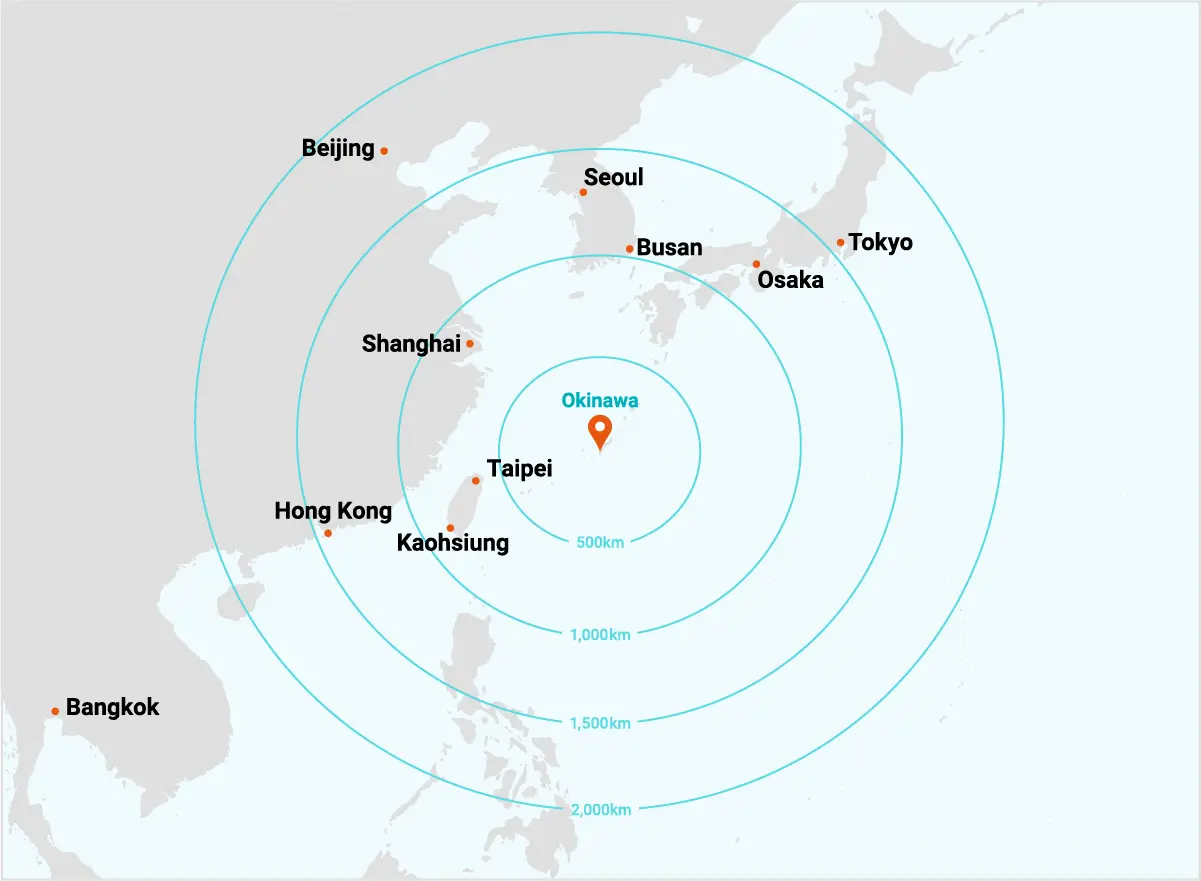
Okinawa is about 2 hours and 30 minutes from Tokyo by air, and within 2,000 kilometers of major Asian cities such as Beijing, Seoul, and Taipei. Okinawa Prefecture covers a broad maritime area stretching about 1,000 kilometers east to west and about 400 kilometers north to south, with islands scattered throughout. Naha City, located in the southern part of the largest island of Okinawa, or the main island, serves as the gateway by air and sea. Okinawa has a well-connected air network and is also one of Japan’s top cruise ports.
Climate

Okinawa is the only region in Japan with a subtropical climate, with an average annual temperature of about 23 degrees Celsius. The climate is warm throughout the year, allowing for outdoor activities and nature experiences in all seasons. Many typhoons occur between June and October.
Natural Environment
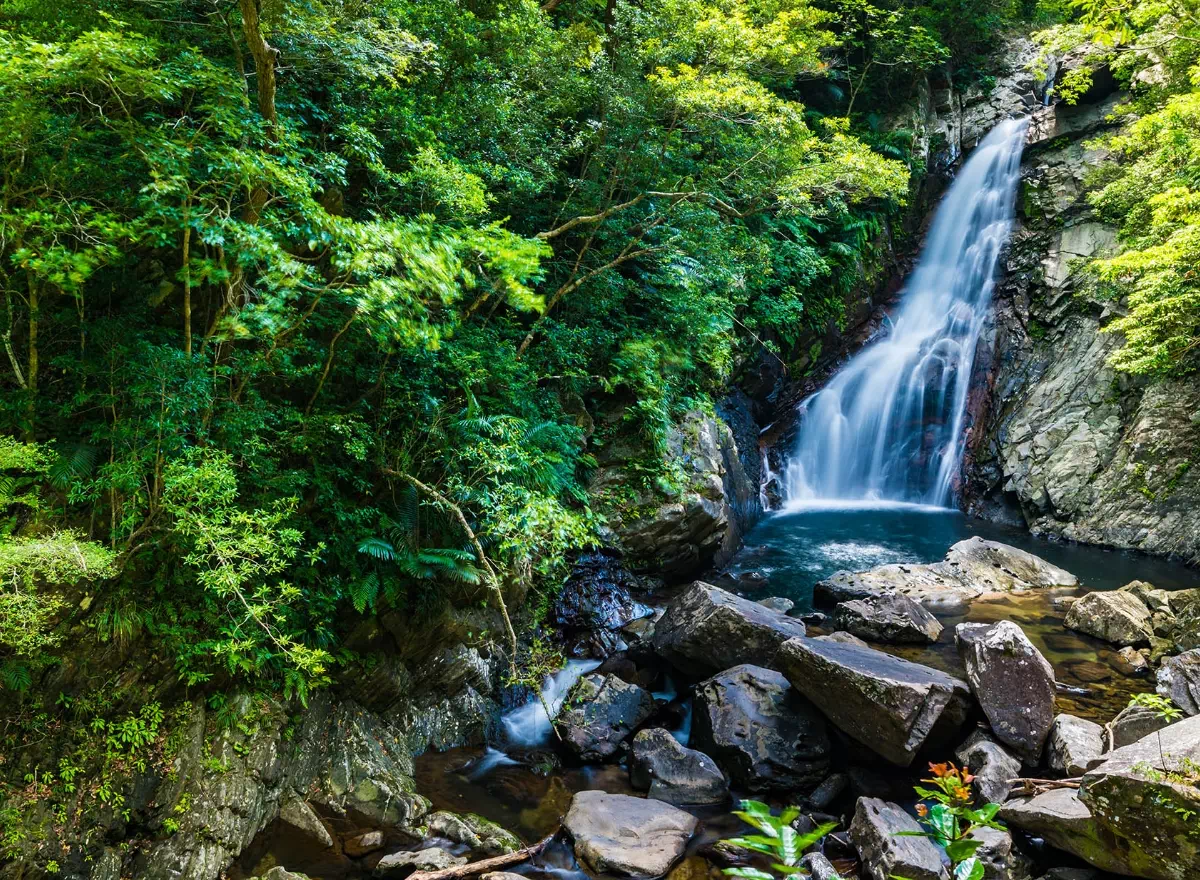
Okinawa is home to a rich natural environment, including coral reef-fringed seas, mangrove forests, and subtropical virgin forests. The northern part of the main island of Okinawa and Iriomote Island are designated as UNESCO World Natural Heritage sites and are known as habitats for rare flora and fauna.
History & Culture
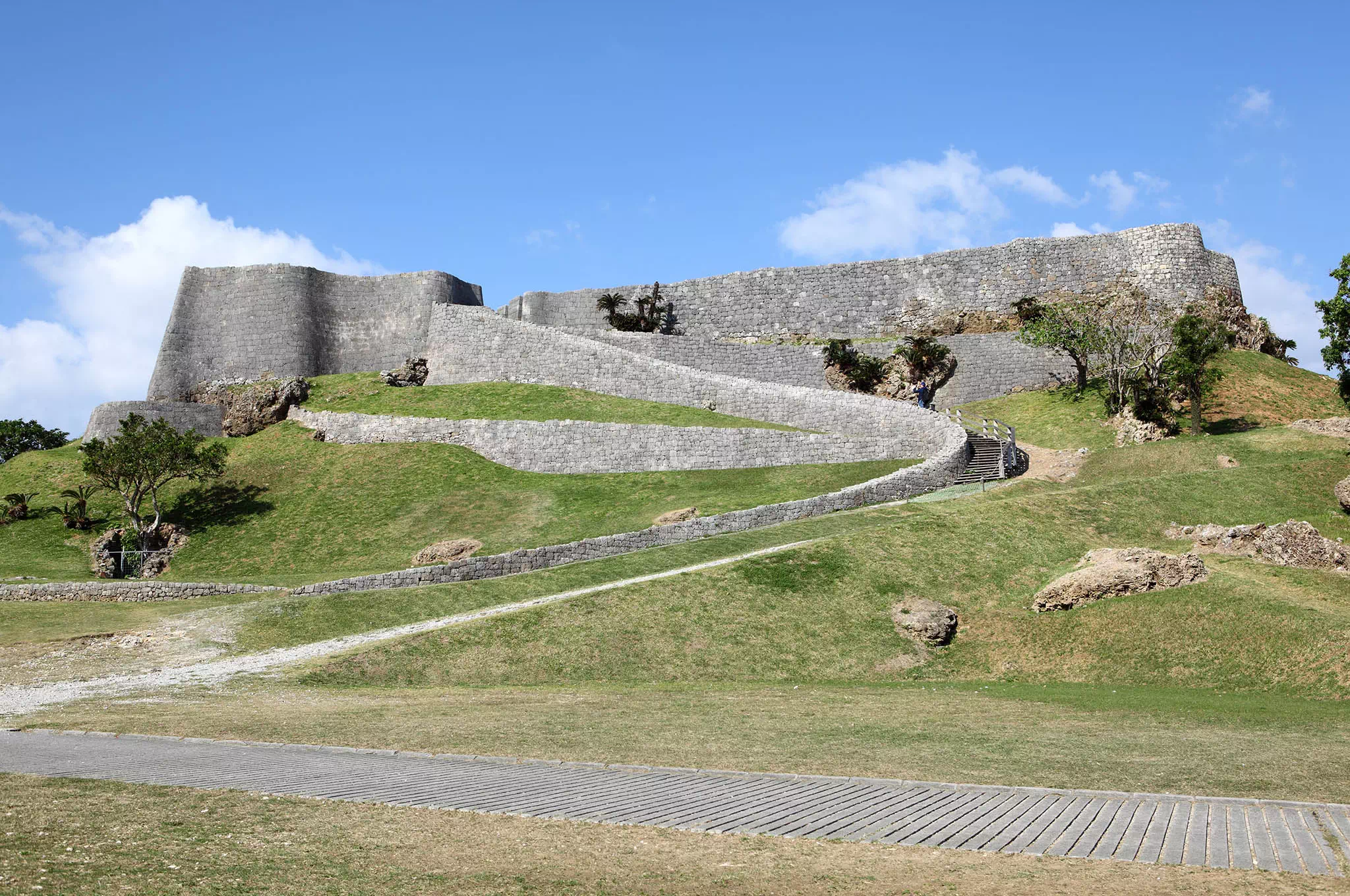
Okinawa once flourished as the independent Ryukyu Kingdom, developing a unique culture through trade with China, Southeast Asia, and Japan. The influence of that period remains visible today, and historical sites designated as UNESCO World Heritage preserve the spirituality and beliefs of the time.
Food
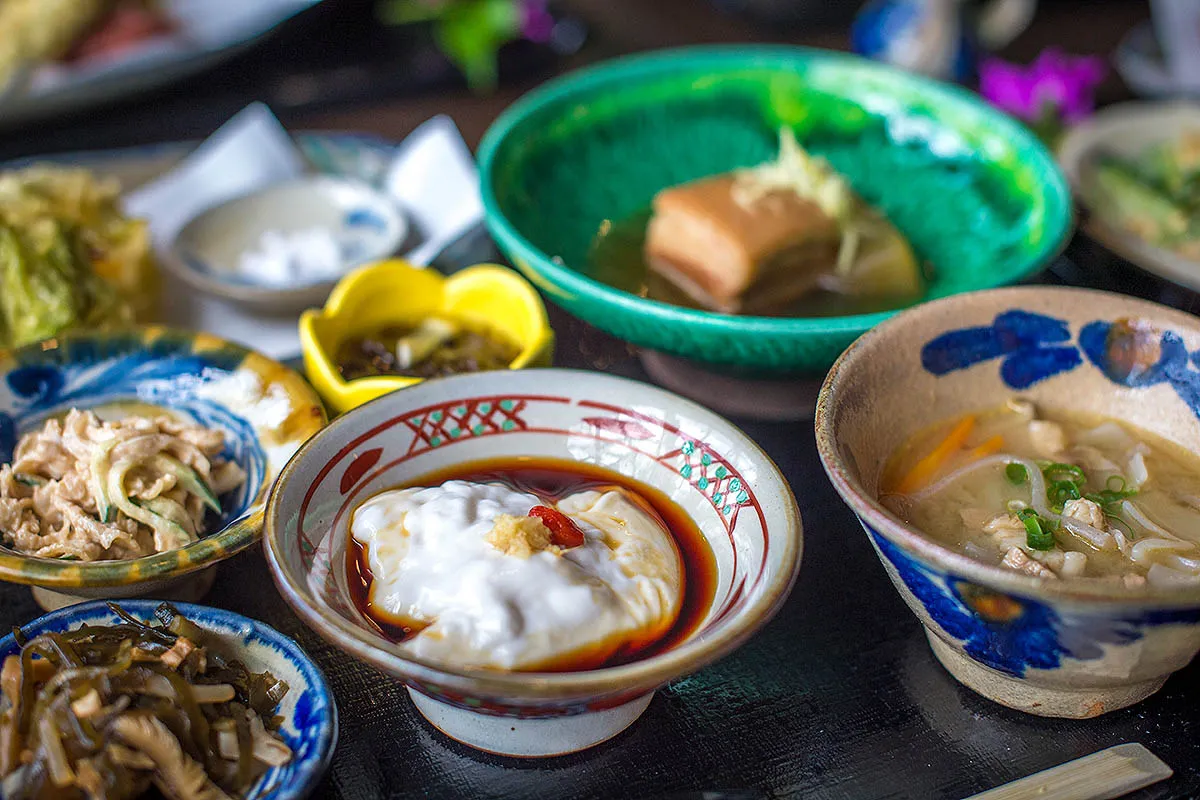
Okinawan cuisine has developed its own unique identity, shaped by the region’s climate, natural features, and local wisdom. The idea of food as medicine and the practice of local production for local consumption are deeply rooted in the culture. Okinawa is also known as a “Blue Zone,” or a region associated with longevity. In the Ryukyu Kingdom era, court cuisine developed as a formal style of hospitality influenced by both mainland Japan and China.

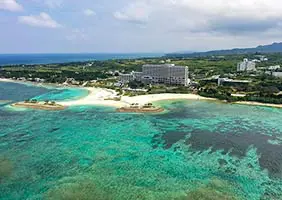
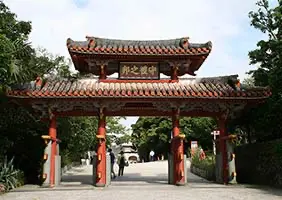
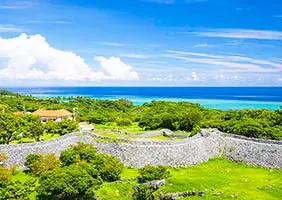

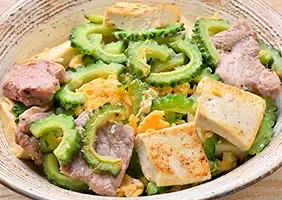



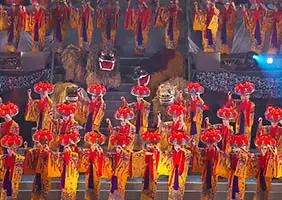
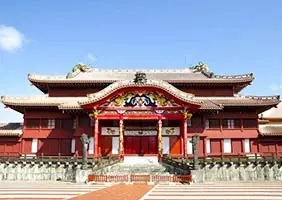
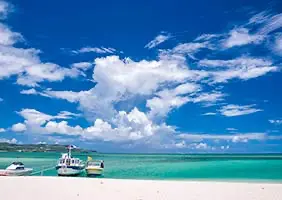
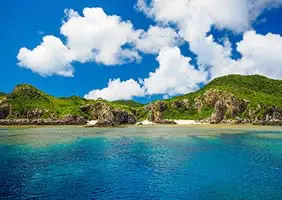
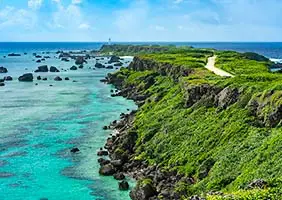
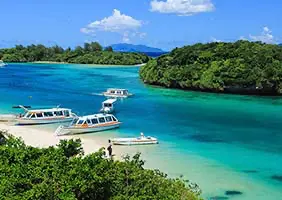
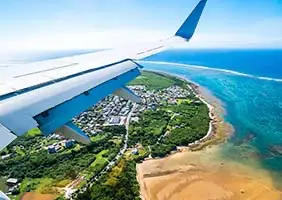
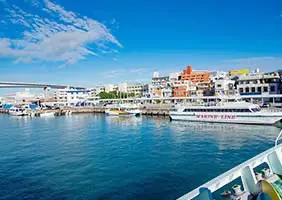




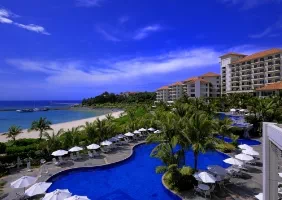
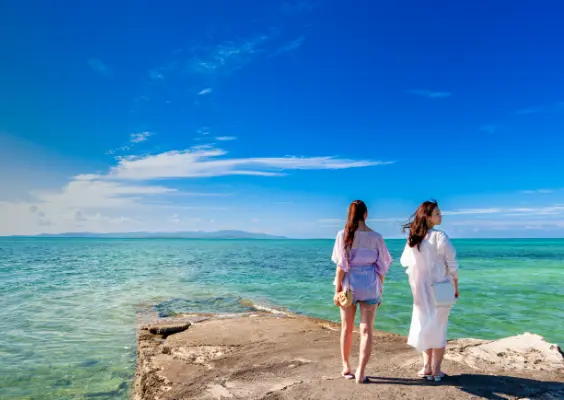
 Facebook
Facebook Twitter
Twitter Copy URL
Copy URL


